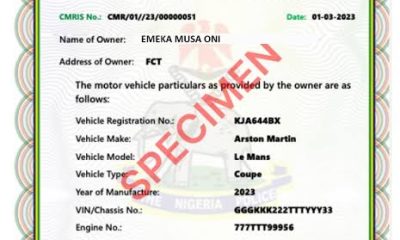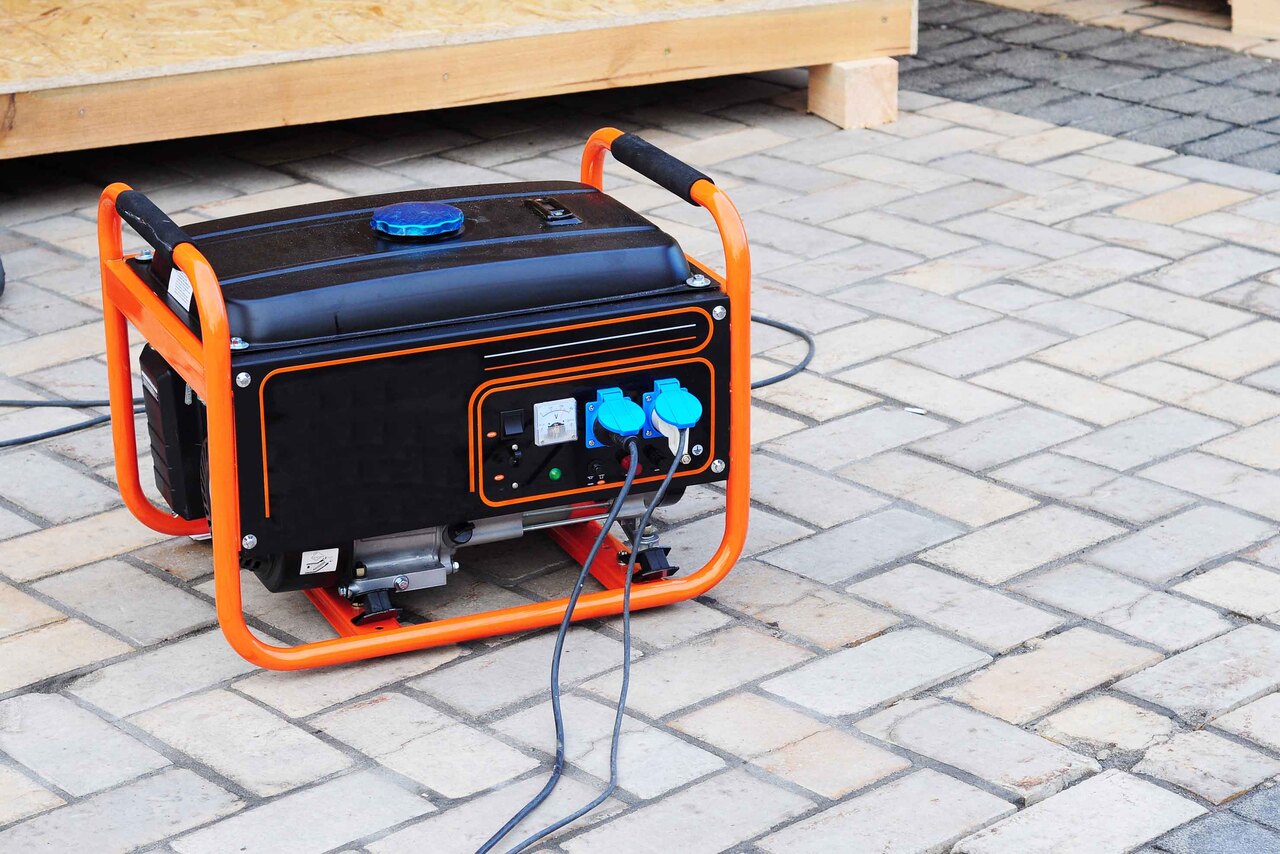Your generator can serve you for many years. But it can also break in no time at all. The difference comes with good maintenance habits.
1. Plan a 6 month cycle
Most of the maintenance of your generator will take place within a six month period. The simplest tasks involve inspection: is there enough oil, coolant, fuel and so on. Some routine tasks, such as cleaning the air filter, can happen monthly or weekly – depending on the size and workload of the generator. Replacing oil filters and such need to happen every few months. What you absolutely should not do is install and forget. Generators are hard-working machines and badly-treated ones can fail catastrophically.
2. Never use it indoors
Generators create fumes, the type that will likely incapacitate you before you even know you’ve been poisoned. So a generator must always be in a well-ventilated space. Even enclosures for generators are specially designed to make sure that air circulation is at its best. You can also damage a generator if it starts running out of air, so make sure your machine can breathe!
3. Expect regular oil changes
Generators are busy machines and can run through oil and oil filters rather quickly. Much like a cartridge you buy with your printer, don’t expect the filters that come with the generator to last long. After that, expect to change your oil filters for every 50+ hours of operation. Consult your generator manual and supplier on the intervals, as this can be a maintenance drain if you choose poorly.
4. Don’t fuel it directly
Some people feed fuel directly into a running generator. This is very dangerous and likely also to damage your hard-bought equipment. There are circumstances and models that allow for direct refuelling, but those are exceptions to the rule. Always turn your generator off before topping up its fuel. Also allow a cool down period. Diesel generators are not as susceptible to this, but petrol models must be handled with extreme care.
5. Use a good chord
Power chords are not created to be equal. They vary in terms of their power load and environmental exposure. In other words, if your chord is going to be exposed to rain and sunshine, get one that can take it. They will not only last longer, but also avoid the risk of being electrocuted on a fraying cable.
Advertisement6. Don’t run out of fuel
Generators create power by rotating magnetic coils along each other. One thing you must avoid is those coils becoming demagnetised. This is the case if a generator runs out of fuel: it stops generating electricity, but the devices taking power from it will suck the magnetism right out of those coils. The result is a very big repair bill or even a new generator. You can run a generator dry, but then it must not be coupled to anything. Always check the manual first.
7. Take out old fuel
Fuel ages and degrades, even becoming foamy – so you cannot leave it in the gas tank indefinitely. Likewise, if you fire up a generator with old fuel, it can cause problems. Sadly there is no definitive answer on how long fuel can sit: petrol ages faster than diesel and aging varies on the additives added. How you store the fuel also makes a difference. If in doubt, rather replace. The fuel is always cheaper than replacing components, such as injector pumps, that could be damaged.
8. Check your volts
This is a bit technical, but you can measure the voltage coming off your generator with a meter. If the volts do not match up with what the generator should supply (consult your manual), get a professional to inspect it. Also, more volts are not better: a generator that produces more volts than it should is likely running too fast, which can damage it and your other equipment.
9. Use a transfer switch
Never run a cable straight from your generator to whatever needs power. It can result in backfeeding, which is the electrical equivalent of hitting your toe in the dark while walking on a narrow mountain path. A transfer switch stops this from happening. Some generators have a transfer switch built in, but never assume as much. The mistake can lead to damage and even death.
10. Make it run often
Mechanical equipment doesn’t like standing around. Over time dust, dead insects and all manner of things can gunk up its parts. Even if you don’t use your generator often, let it run for 30 minutes or so every few months

 Featured6 days ago
Featured6 days ago
 News5 days ago
News5 days ago
 Business4 days ago
Business4 days ago
 Crime6 days ago
Crime6 days ago
 Crime4 days ago
Crime4 days ago
 Business5 days ago
Business5 days ago
 Health & Fitness5 days ago
Health & Fitness5 days ago
 Covid-195 days ago
Covid-195 days ago




